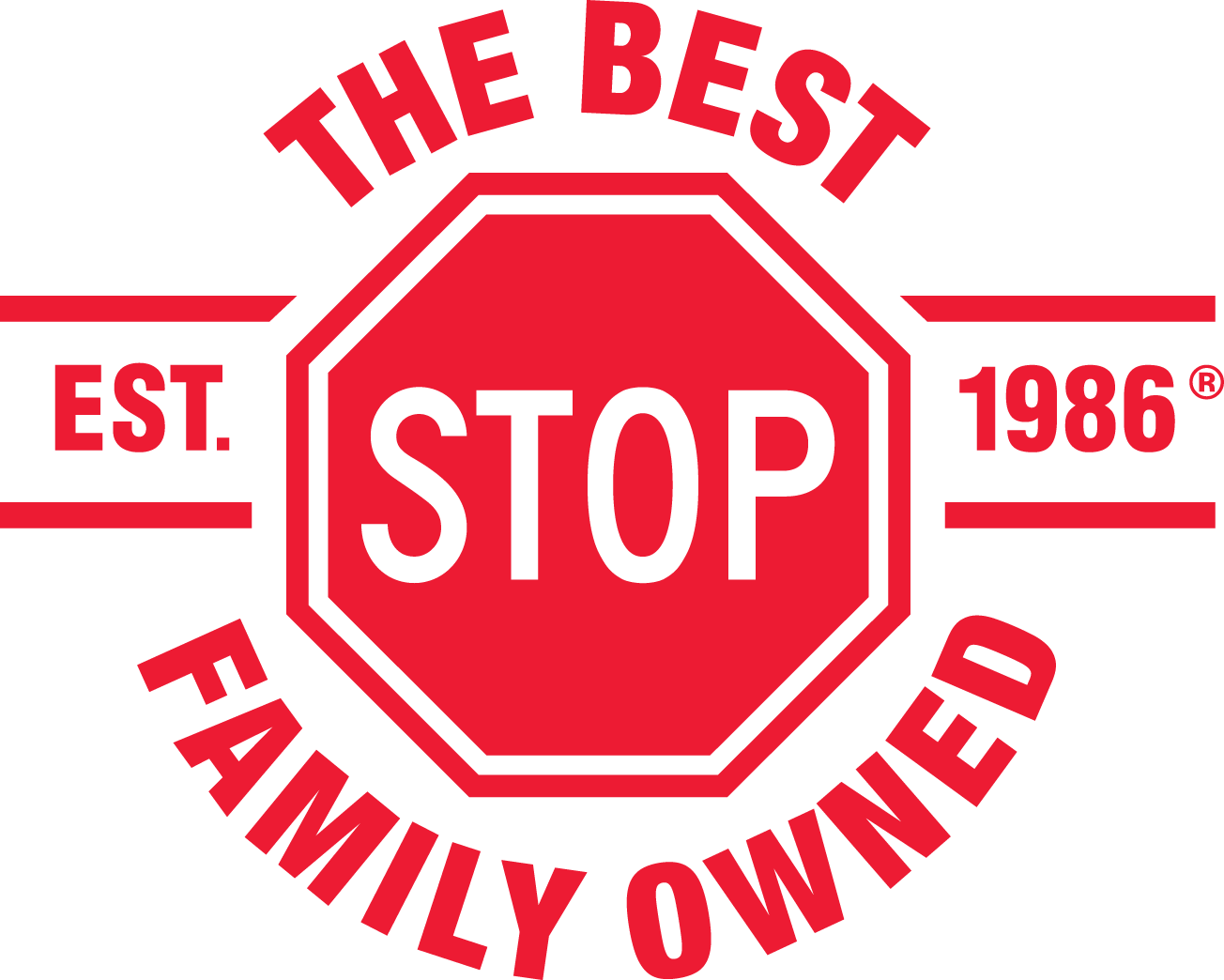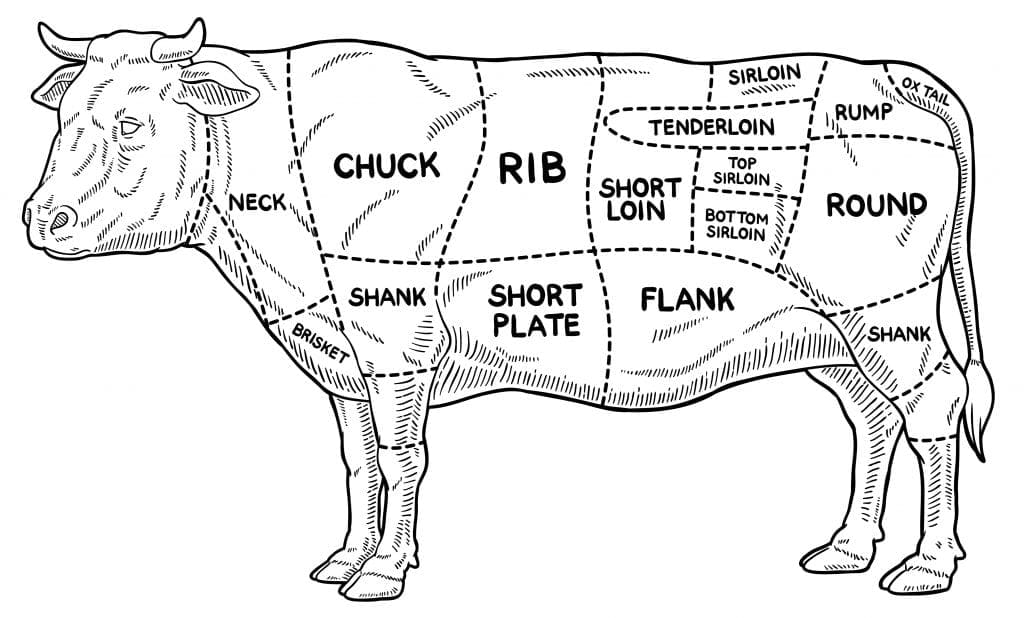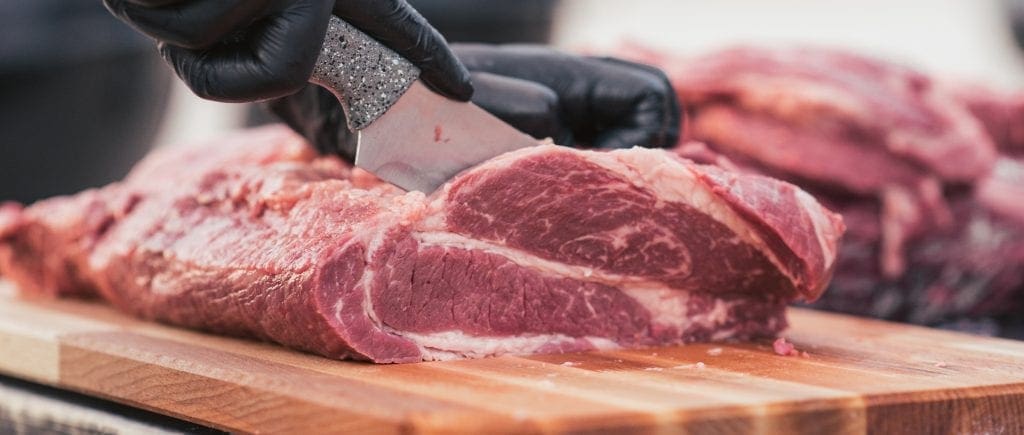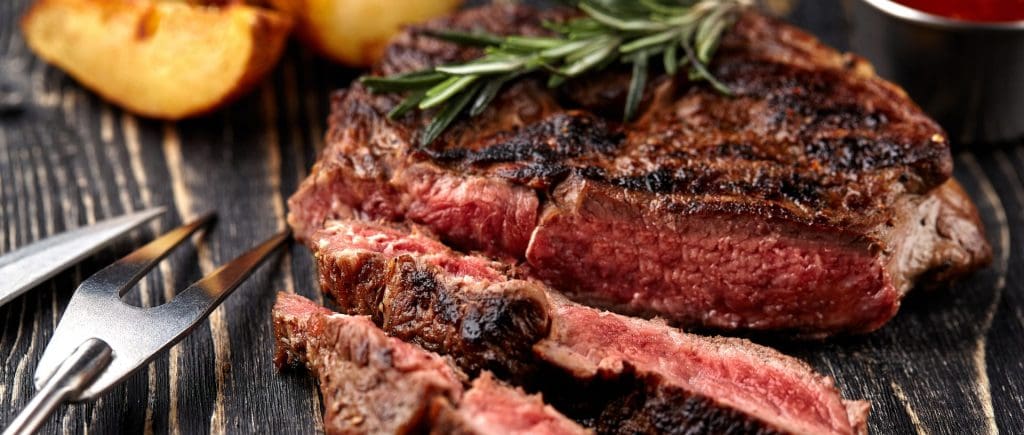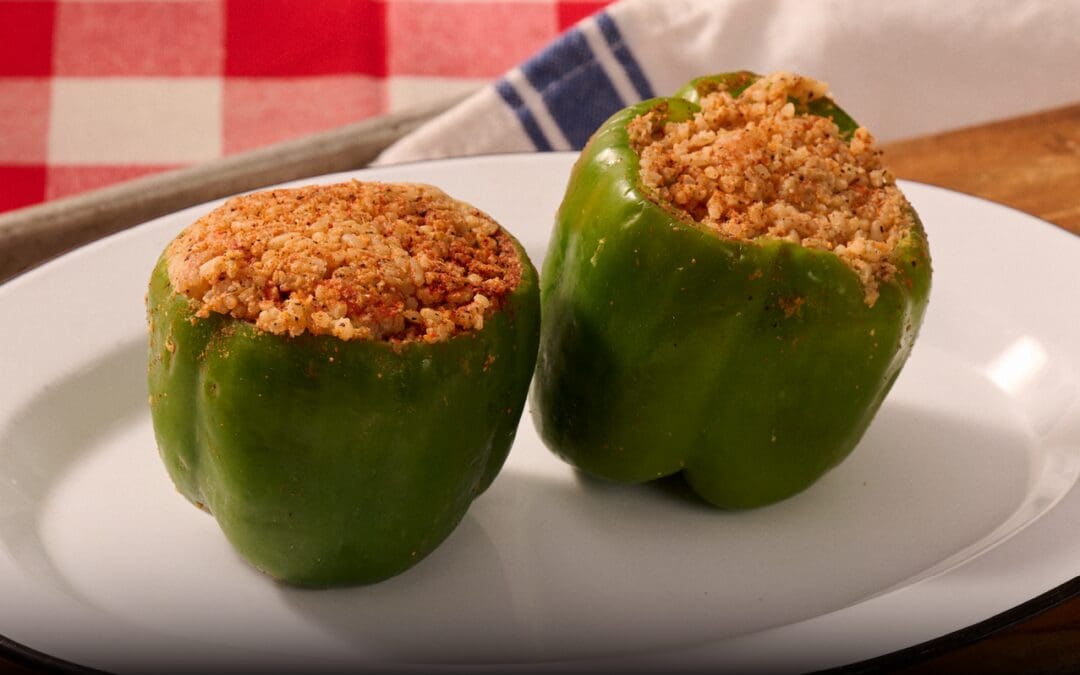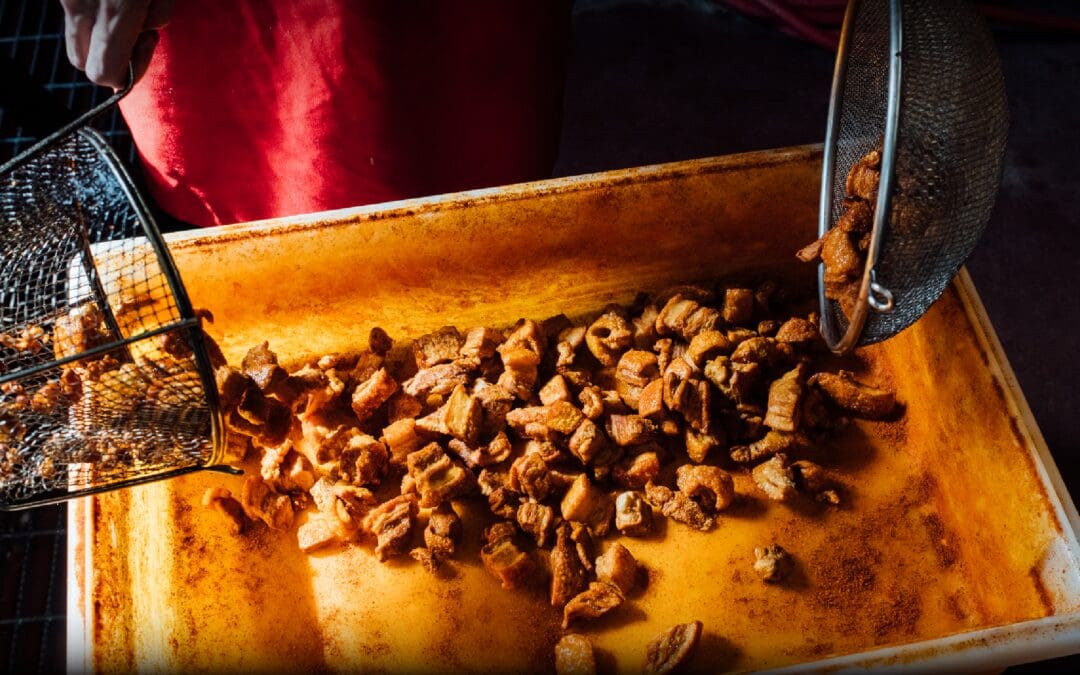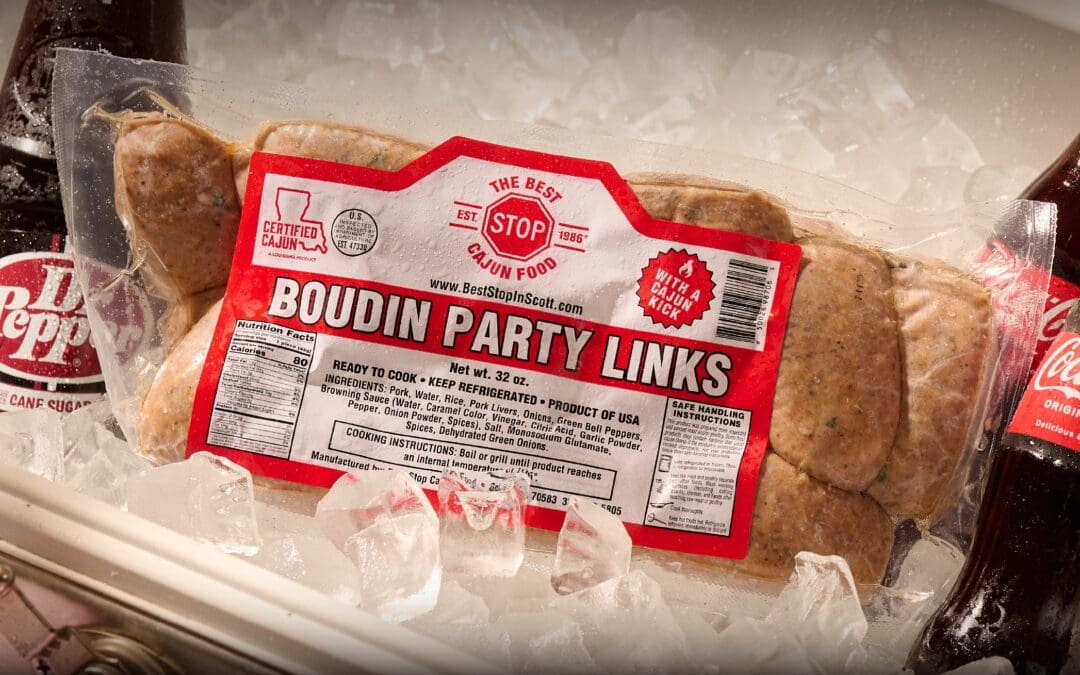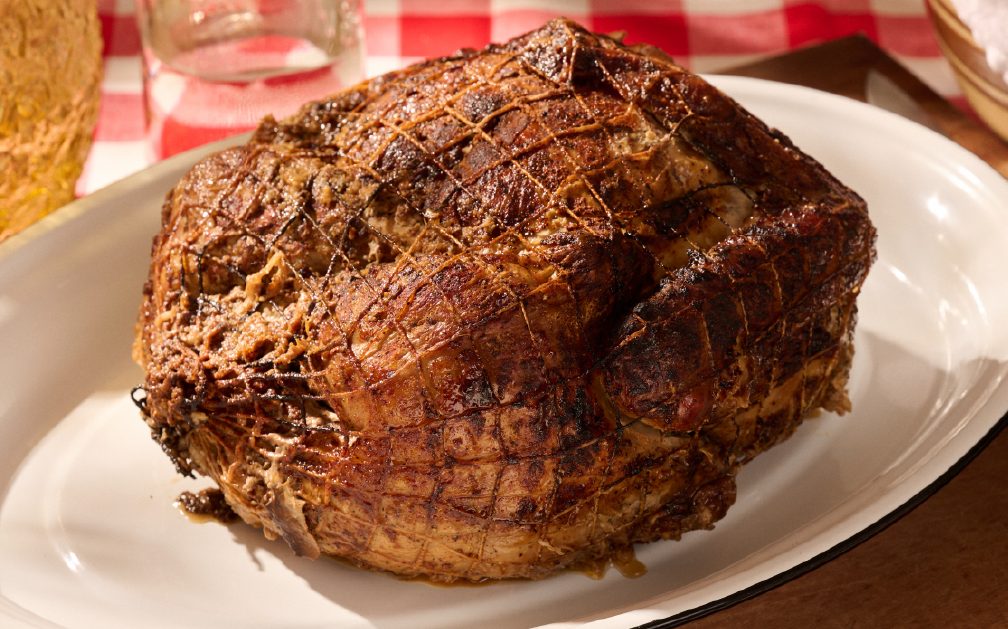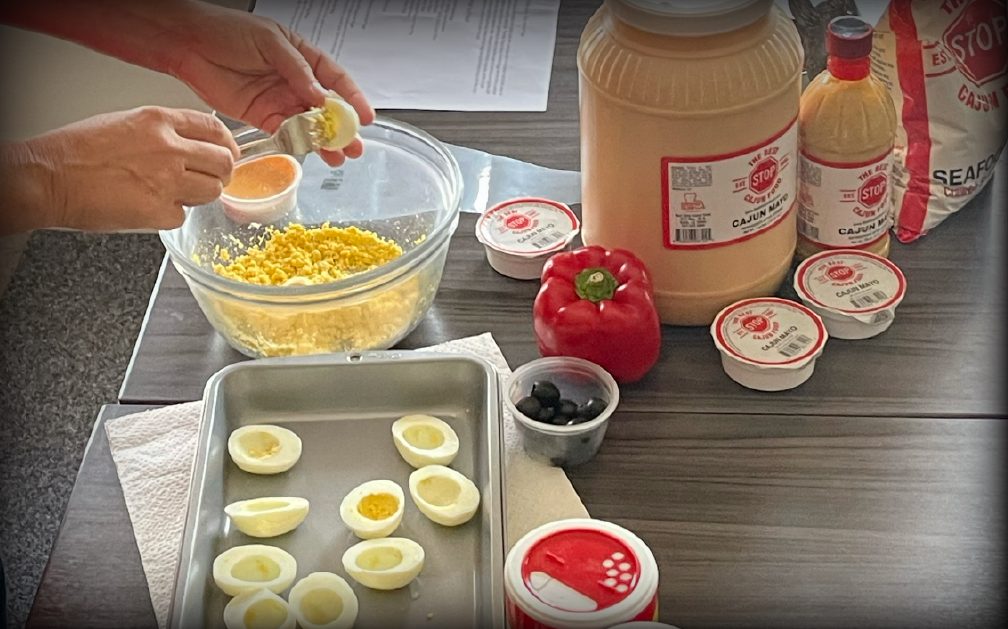When buying, preparing and cooking meat, it can be easy to fall into the same old song and dance. While there’s nothing wrong with eating what’s familiar to you, knowing the different cuts of meat and what they’re best used for can help expand your cooking options while also help to avoid costly shopping mistakes (like using tough cuts for low and slow recipes).
With some stores carrying as many as 60 different types of beef products, it’s easy to understand why most people can’t make heads or tails of all the different cuts of beef. Additionally, while there are some federal USDA standards that dictate meat labeling, these standards generally only apply to larger cuts of meat that are not usually available for purchase from most grocery stores (and even some retail butchers).
But don’t worry – we’re experts at this stuff – and we’re here to help you understand the different cuts of beef and how best to prepare them!
Cut To The Chase: Primal, Subprimal and Portion Cuts
To start, there are eight main cuts of beef known as the primal cuts, listed below:
- Chuck
- Rib
- Loin
- Round
- Flank
- Short Plate
- Brisket
- Shank
These large primal cuts are then divided into smaller subprimal cuts that are shipped by packers to local markets for final cutting and preparation. These final cuts are known as portion cuts, and are the cuts of meat that consumers will find in their local stores like steaks, ribs and roasts.
We’re going to cut through some of this beef-buying complexity by focusing on the eight main primal regions as well as their most common portion cuts. For most consumers, understanding these main cuts and what makes them distinctive is sufficient enough for informed beef buying.
Chuck
Chuck comes from the cow’s shoulder. It’s a very flavorful region that can be cut and prepared in many ways, but it’s also typically a firmer cut of beef. Due to its versatility and cheap cost, chuck is probably what you’re most familiar with. It’s great for any type of cooking!
The types of portion cuts you can find for chuck are ground chuck (hamburgers), chuck short ribs, shoulder tender medallions, chuck pot roast, shoulder steak, flat-iron steak and stew meat, amongst others.
Rib
As the name implies, the rib primal cut refers to meat cut from the cow’s ribs and backbone. Of the 13 pairs of ribs on a cow, only the last six are classified in this section – the rest are grouped with chuck and short plate! Rib cuts are notable for their fatty marbling, tenderness, and distinctive flavor. Rib cuts tend to be a little pricier than most and are often better slow-cooked than grilled.
The types of portion cuts you can find for ribs are beef short ribs, ribeye steak, cowboy steak, ribeye roast, ribeye filet and back ribs.
Loin
This is where you’ll find your most expensive cuts of beef. The loin is located directly behind the ribs and, due to its location, is not a heavily used muscle. This makes loin very tender compared to more muscular cuts. The loin primal cut comprises two parts worth mentioning: sirloin and short loin.
Sirloin is the rearmost cut of the loin region and the least tender of the two subregions (though arguably more flavorful). Sirloin is typically best for grilling and almost never used for slow cooking. Common cuts include sirloin steak, top sirloin, bottom sirloin, tri-tip roast and tri-tip steak.
Short loin is similar to sirloin cuts, but is closer to the center of the cow and more tender than sirloin cuts as a result. Like sirloin, it dries out very fast so it’s typically best grilled or fried. Common short loin cuts include NY strip, T-Bone, porterhouse, tenderloin filet, filet mignon and strip loin.
Round
The round primal region is an inexpensive, lean cut. Located near the cow’s hind legs, it’s typically a tough cut of beef. Due to the leanness of this cut, it’s important to thoroughly research how to prepare and cook the individual portion cuts of this primal region; sometimes it calls for high heat cooking (like top, bottom and eye round portion cuts), or slow-cooking (like rump and eye roast).
The common round cuts you can expect to find in stores are round steak, eye of round, tip roast, tip steak, top round and bottom round roasts.
Flank
The flank primal cut is located just below the loin. This region has no bones, but is flavorful despite its toughness. In the past, it was typically the least expensive cut one could find in a store. However, as the recent demand for lean meat increased, so did the demand for flank steak – driving its popularity and price up.
Typically you’ll only find one of two flank cuts: a flank steak or a skirt steak, both of which are best grilled at high heat.
Short Plate
Often grouped with the brisket beef region, short plate cuts are found near the stomach of the cow. Its location in the cow lends to cheap, tough and fatty cuts of beef. This is also where you’ll find your other source of marbled short ribs.
The most common short plate portion cuts you can expect to find in stores are skirt steak, hanger steak, beef bacon, pastrami, short ribs and ground beef from this primal cut.
Brisket
A barbecue favorite, the brisket cut belongs to a cow’s breast. Brisket is known for its fatty, tough texture, but if prepared correctly (low and slow) it can be cooked to melt-in-your-mouth perfection. Just be careful when slow cooking – with brisket, there’s a slim margin between juicy and dry! That’s why you should always tenderize and marinate this cut before slow cooking to soften it up.
There’s typically only two cuts of brisket you’ll find widely available: brisket point and brisket flat. They are both better slow-cooked, but the flat is distinguished by its leaner quality.
Shank
Shank is arguably the toughest, cheapest cut of beef. Located in front of the brisket at the cow’s forearm, this beef cut is notable for its sinewy dryness. Due to its lack of popularity, shank is not typically found in retail stores. However, if you can find it, it’s a great inexpensive option for beef stock or lean ground beef. Because of its dry nature, it’s best cooked for a long time in moist heat.
You’ll often find this cut used for stew or soup meat, or prepared as the popular Osso Buco dish.
The Best Stop Has The Best Cuts
Whether you’re braising brisket or slow cooking a stuffed roast, The Best Stop is your best choice for specialty meats shipped around the United States. Don’t bother with other butchers who push cheap mass-produced beef, The Best Stop only uses locally-sourced, grass-fed calf meat for the most tender cuts available.
With a comprehensive selection of fully-spiced and prepped beef, pork and chicken cuts, we can turn your dinner from familiar to fabulous – all you’ll need to do is add heat! You can visit us in Scott, Louisiana or shop online where we’ll ship all the ingredients, seasoning and marinade supplies right to your door.
